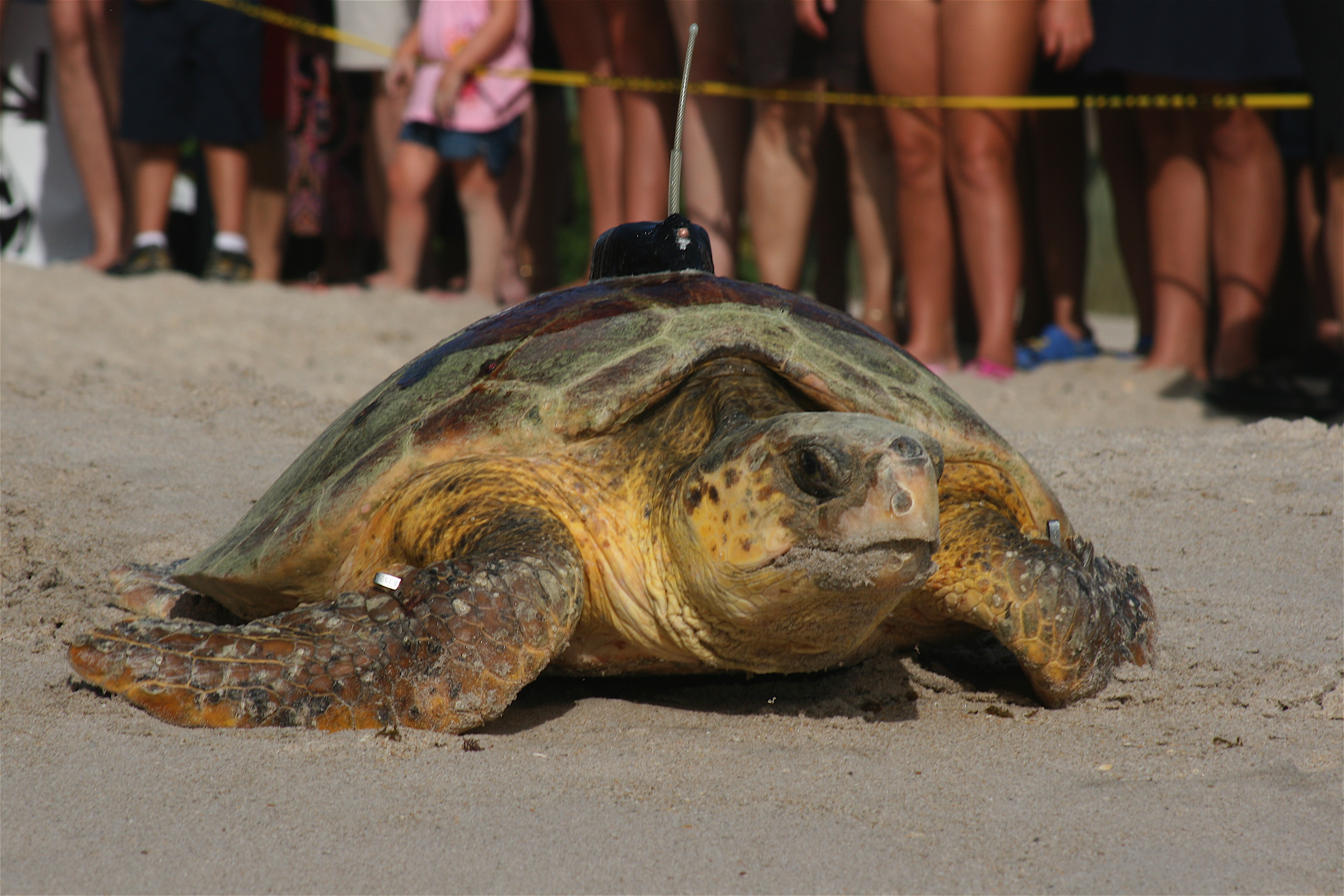When you buy through links on our site , we may earn an affiliate delegation . Here ’s how it process .
The world ’s big nesting universe of leatherback turtle sea turtles has been identified in Africa , it was announced today .
Land and aerial surveys indicate a population of between 15,730 and 41,373 female turtleneck use the nest beaches in Gabon , West Africa .

An international team of scientists led by the Wildlife Conservation Society and the University of Exeter have discovered the world’s largest nesting population of leatherback turtles in Gabon, West Africa. The leatherback is critically endangered, so this find makes Gabon a key location in the conservation efforts for this species.
leatherback are of intense conservation concern around the Earth after populations in the Indo - Pacific crashed by more than 90 percentage in the 1980s and 1990s . The International Union for Conservation of Nature ( IUCN ) heel leathery turtle turtle as critically endangered globally , but detailed population assessments in much of the Atlantic , especially Africa , are lacking .
The research was led by the University of Exeter puzzle out in quislingism with the Wildlife Conservation Society ( WCS ) which spearheads the Gabon Sea Turtle Partnership , a net of organizations concerned with the auspices of maritime turtle in Gabon
About Dermochelys coriacea turtleneck

{ { video=“LS_090518_Leatherback - Turtle " title= " " caption= " " } }
Aerial view
During three nesting time of year between 2002 and 2007 , the team ’s members carried out a comprehensive sketch of maritime polo-neck in Gabon . This involved aerial surveys along Gabon ’s 372 geographical mile ( 600 kilometre ) coast , using video to capture footage for evaluation , and detailed ground - establish monitoring .

By cover the entire coastline , the squad was not only capable to estimate the number of nest and nesting females , but also to place the primal website for Dermochelys coriacea nesting , data which are crucial to developingconservation managementplans for the mintage . leatherback turtle were first described nesting in Gabon in 1984 .
The Modern finding on the polo-neck universe was published in the May issue of the daybook Biological Conservation .
" We knew that Gabon was an important snuggle situation for Dermochelys coriacea turtles but until now had little idea of the size of the population or its world-wide ranking , said Matthew Witt of the University of Exeter , lead author of the research paper . " We are now focus our efforts on run with local agencies to align conservation efforts to ensure this population is protected against the threats from illegal fisheries , nest poaching , befoulment and home ground disruption , and climate variety . "

Protected surface area are key
The field also let on that around 79 percent of the turtles ' nesting occurs within National Parks and other protect arena .
" These finding show the critical grandness of protect areas to maintain population of sea turtles , " said Angela Formia of the Wildlife Conservation Society , a conscientious objector - generator of the paper . " Gabon should be remember for creating a internet of National Parks in 2002 that have provide a sanctuary for this endangered species as well as other rarified wildlife . "

The written report was made potential through funding by the Natural Environment Research Council , the United States Fish and Wildlife Service , and the Marine Turtle Conservation Fund ( U.S Department of the Interior ) . To see turtles presently being track from Gabon see : http://www.seaturtle.org/tracking/?project_id=340 .














